What’s the best camera of 2021? Cast your vote in our 2021 Camera of the Year Reader Poll! [UPDATE: POLL CLOSED]
posted Wednesday, October 27, 2021 at 11:50 AM EDT

We're approaching that time of year: awards time! Once again, we're looking back at all the camera and lens products released this year and assessing all of those we've had a chance to test and review. There were a lot of really amazing and impressive cameras announced in 2021 -- and a few that came in at the tail-end of 2020 that didn't quite make into last year's running due to our awards cut-off date. While we continue to discuss our favorites amongst ourselves here at IR, we also want to hear from you, the reader, on what you think is the best camera of the year. We did our first Reader's Choice Poll last year, and the response was incredible, with votes cast from readers in over 80 countries and regions around the world. So we're doing a poll again this year!
Over the course of the past year, there have been several terrific cameras released from nearly every major manufacturer, and it's been an honor testing them on your behalf both in the lab and in the field. You've now done the homework -- the reading, browsing through our sample images, pixel-peeping our lab shots. Some of you have probably shot with some of these models, as well. So now it's time to make YOUR decision, what is the best new camera of 2021?
As with last year's poll, we've tried to simplify the voting process, narrowing down the selection to the seven best models released this year, and it's an impressive group of camera bodies indeed. Once again, we have nice variety across the different camera brands in our poll, though not everyone has an entry on the list this year. Not all manufacturers released a camera this year or released one into the US market, or we simply have not been able to get a review sample to test yet. A few manufacturers have more than one product on the ballot, too, as we felt these products all were deserving of a shot at the top spot.
We'll be unveiling our own Camera of the Year awards soon, of course, so stay tuned for that. We'll have many more categories included, as well as our picks for the best lenses released in the past year.
But for now, it's your turn. So take a close look at the ballot box and get your votes in today!
*(Voter deadline is the end of the day November 12th!)*
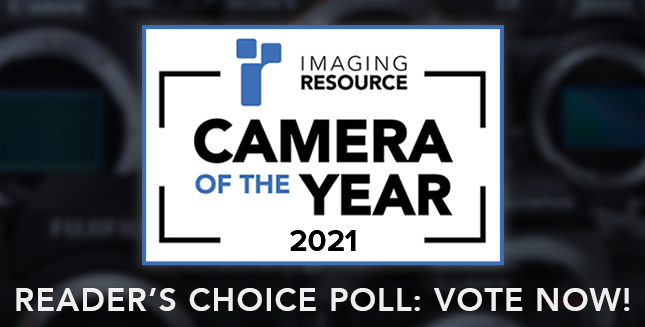
Fujifilm GFX 100S
Super high-res 102-megapixel medium-format sensor inside a camera body that's essentially the same size as a 35mm full-frame DSLR? Yes, please. Oh, and there's also phase-detection AF, IBIS, 4K video recording, and a lower price? Oh yes! Back in 2019, Fujifilm came out with the downright impressive 102MP GFX 100 medium-format mirrorless camera, packing in features and functionality not previously seen in the medium-format camera world. But, the camera was large, relatively heavy and quite expensive at $10,000 body-only. The GFX 100S changes that.
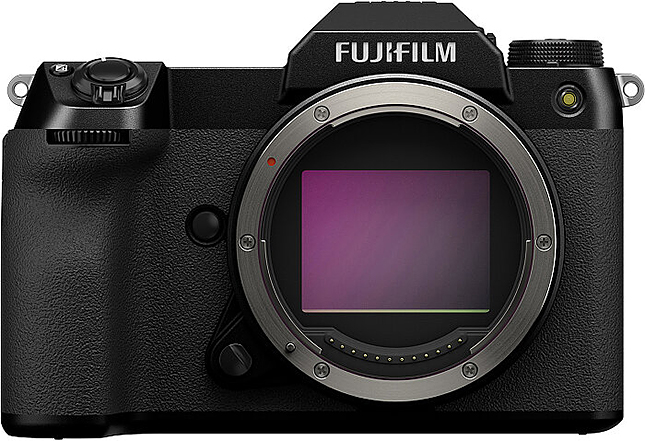
The Fuji GFX 100S brings the imaging performance of its bigger sibling down into a lighter, more portable, and easier-to-handle camera body design, while also coming in at $4000 less. The GFX series has always been about premier image quality first and foremost, but the GFX 100, and by extension the GFX 100S, brings an added boost of performance and capabilities that let you capture images not normally possible with medium-format -- not to mention bring such a camera into locations not normally appropriate for the typical medium-format camera. As our reviewer put it, "The GFX 100S has no business being this impressive for its price. Is the camera still costly at $6,000? Sure, but it is worth every dollar and then some for photographers demanding the utmost in image quality."

Nikon Z7 II
The Nikon Z7 II is one of the two cameras on the list that technically debuted in 2020, but which came out towards the end of the year and after our cut-off date for entry into our 2020 Awards. The second-generation version of Nikon's high-resolution full-frame mirrorless camera model, the Z7 II maintains not only the same overall physical design but also the same excellent 45.7-megapixel backside-illuminated CMOS image sensor. What's new, however, is an additional image processor for improved performance in numerous areas, including autofocus, burst shooting and video recording. The Z7 II can shoot faster, offers Eye AF in more AF modes as well as during video, and now has 4K 60p video. There are also other refinements, such as dual memory card slots (hooray!) and USB-C power delivery and wireless firmware updates via a mobile app.

Overall, the Nikon Z7 II isn't drastically different from the original, but it has several updates to performance and improvements to its usability that make it an all-around impressive camera. The image quality, as we saw with the original, is outstanding at a wide range of ISOs and the resolving power makes it a beautiful camera for high-res pursuits, such as landscapes and portraiture. As we said in our review, the Z7 II is "a significantly better and more capable camera than the original. The Z7 II is unquestionably a more polished camera with refined performance and a robust feature set."
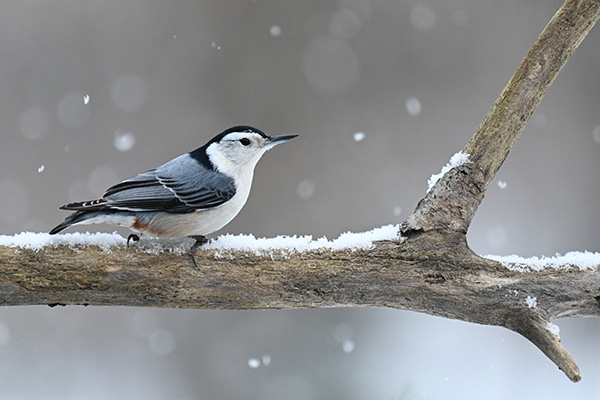
Nikon Z6 II
Hard not to mention the Z7 II without also mentioning its sibling, the Z6 II. Like the Z7 II, we didn't hear about this camera until after our deadline last year, nor did we properly review the camera in the field until 2021. And again, the Z6 II comes as more of a refinement model to the original rather than taking on a drastic redesign or all-new imaging pipeline. The camera features a dual-processor configuration for improved performance both in terms of burst shooting and buffer depth but also AF performance and with video features. And it also gains a second memory card slot.
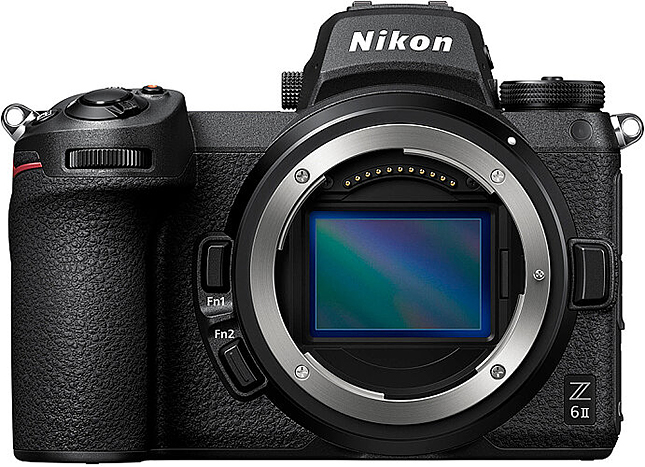
Furthermore, like its predecessor, the 24MP Z6 II is priced at a much more approachable price point, at around $2000 body-only, putting it right in the middle of the popular enthusiast category. Plus, if you are more of a hybrid creator shooting both stills and video, the Z6-series is the better choice. All in all, the Z6 II offers a lot of camera for a reasonable price point. Its performance and features for both stills and video are very good, and it's a worthwhile improvement over the Z6 as well and offers strong value for the money.

Panasonic GH5 II
While the world is still waiting to see Panasonic's new GH6, the company also released a successor to its wildly popular Lumix GH5 Micro Four Thirds camera earlier this year, the Lumix GH5 II. Though largely similar from a design standpoint to the original GH5, the new Mark II model features an updated sensor that now includes an anti-reflective coating that helps suppress flare and ghosting. Further, the camera gets a newer image processor from the full-frame Lumix S1H. Improvements on the stills side of the equation are fairly mild, with the GH5 II offering a very similar feature set, though it does gain new Photo Styles, the handy Live Composite shooting mode and improved dynamic range, for example. There's also updated, faster autofocusing with real-time face, eye, head and body recognition, plus head- and body-detection for both humans and animals.

It's on the video side of things where the Lumix GH5 II really shines, though. The original GH5 was already insanely well-stocked with high-end video features, making the camera incredibly popular for video creators, especially given its impressive quality, small size, large sensor and enticing price compared to high-end cinema cameras. The new GH5 II expands upon that legacy with more video features, including Cinema 4K (4096 x 2160) at up to 60fps in 4:2:0 10bit and C4K 30p at 4:2:2 10bit as well as 6K Anamorphic using the entire sensor area. There's also higher quality HDMI output, V-LogL support without any need for the paid upgrade the earlier model required, as well as improved support for live streaming video functionality. All in all, the GH5 II is a thoroughly impressive camera, especially if you are serious about video.

Pentax K-3 III
Much of the camera world might be moving full-steam ahead into mirrorless territory, but Pentax still believes in the DSLR. And the new Pentax K-3 III is a testament to that belief. The new K-3 Mark III is the company's latest flagship APS-C DSLR, and it builds upon the popular legacy of the K-3, offering a familiar but improved user experience as well as lots of new upgrades to the imaging pipeline, autofocus system and more. The K-3 III features a new, higher-resolution 25.73-megapixel sensor that's now back-illuminated for improved low-light and high ISO performance. The image processor is also all-new, as is the autofocusing system that now features significantly more AF points, new AF algorithms and new face- and eye-detection subject-detection capabilities. There's also more powerful image stabilization and improved video recording features.
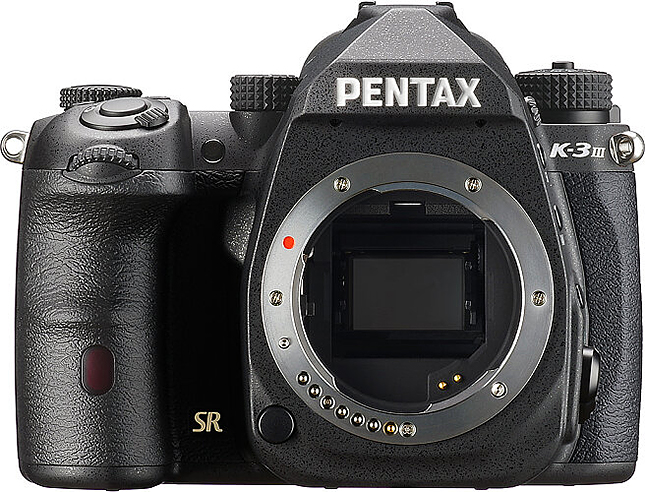
In the hand, the K-3 III maintains that classic DSLR shape with a deep, highly-contoured handgrip and large, central viewfinder. The optical viewfinder, in particular, is all-new with a 100-degree FOV and an impressive 1.05x magnification factor. It's a bigger, better viewfinder than the previous model and offers a viewfinder experience like that of a full-frame camera. Overall, the Pentax K-3 III is an interesting camera, and there are things it can't do in comparison to some high-end mirrorless cameras these days. That said, its image quality is impressive, the weather-sealing is wonderful, and the viewfinder and ergonomics are fantastic. If you are someone who relishes an excellent optical viewfinder, lots of physical controls and excellent durability, the Pentax K-3 III makes a great choice.

Sony A1
Would you like a camera that can basically do it all? Shoot very high-resolution images, have the speed to capture the fastest sports and fleeting wildlife moments, record ultra-high-resolution video and have swift built-in workflow functionality so you can send off your images in a snap? Sony just might have the "Swiss Army Knife" camera with their flagship Alpha 1. This all-around impressive camera has a 50MP full-frame stacked sensor that can shoot up to an insanely-fast 30fps with RAW and with full C-AF functionality. It also records 8K 30p and 4K 120p video and includes faster Wi-F, Ethernet, USB-C and a full-size HDMI port. This camera, as you might expect, is very expensive. Its $6500 price tag is perhaps its only drawback.
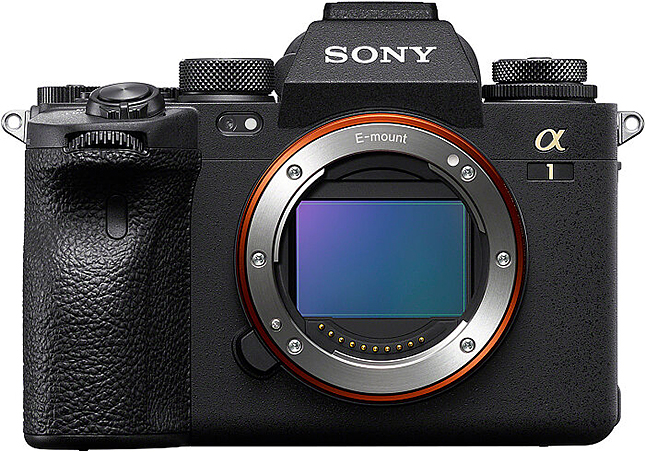
If you can look beyond the price, the Sony A1 is thoroughly impressive. The image quality is outstanding, and the performance and capabilities make it a superbly versatile camera. The updated Real-time Tracking AF, which now features Bird Eye AF, makes it an excellent choice for birding and wildlife photographers. Of course, the Eye AF works for humans and other animals, which is great for portraits, sports and other moving subjects. Design-wise, the A1 features Sony's latest ergonomics improvements with a larger grip, an outstanding higher-res EVF, bigger buttons and all-around excellent durability. All in all, the Sony A1 knocks it out of the park.

Sony A7 IV
Last but certainly not least, the Sony A7 Mark IV just squeezes into our COTY 2021 considerations, debuting only last week. The new Sony A7 IV is the most recent iteration of Sony's most popular full-frame mirrorless model line, and brings several significant improvements and new features. On the outside, the body design blends improvements from both the Alpha 1 and A7S III models, including the larger and more comfortable grip, bigger buttons and a fully-articulating touchscreen display. Under the hood, the A7 IV has a new 33MP BSI full-frame sensor, making it the highest-resolution A7-series camera to date. The image processor is inherited from the A1 and A7S III, as is the camera's autofocusing system -- which also features all the Real-time Tracking functionality from the A1, including Eye AF for humans, animals and birds. There are also better video recording features, such as 4K 60p and 10-bit 4:2:2 internal recording, as well as Real-time Eye-AF for humans, animals and birds in video mode -- something the A1/A7S III does not yet support!
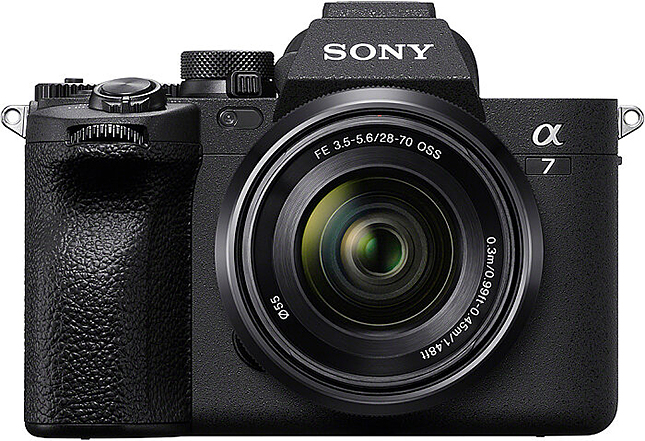
The Sony A7 IV is thoroughly impressive, especially given all the features and functionality it offers at its enthusiast-level price point. It's not as fast nor as high-performance as the A1 -- which is to be expected -- but in most situations, the A7 IV is plenty capable. It's hard to look past the blend of excellent image quality, fast performance, good ergonomics and an approachable price point of the Sony A7 IV.

• • • • •
Ready to cast your ballot? Just click below! And thanks for your vote.
*(Voter deadline is end of the day November 12th!)*
Editor's Note: You might be wondering where the Canon EOS R3 or Nikon Z9 are on our list of choices. While both cameras have been either announced or will be announced for the 2021 calendar year, we've not yet seen either camera model in-person to review yet. As such, the R3 and Z9 are not in the running for consideration for this year's Camera of the Year Awards. They both will, however, be at the top of the list for consideration in our 2022 awards!